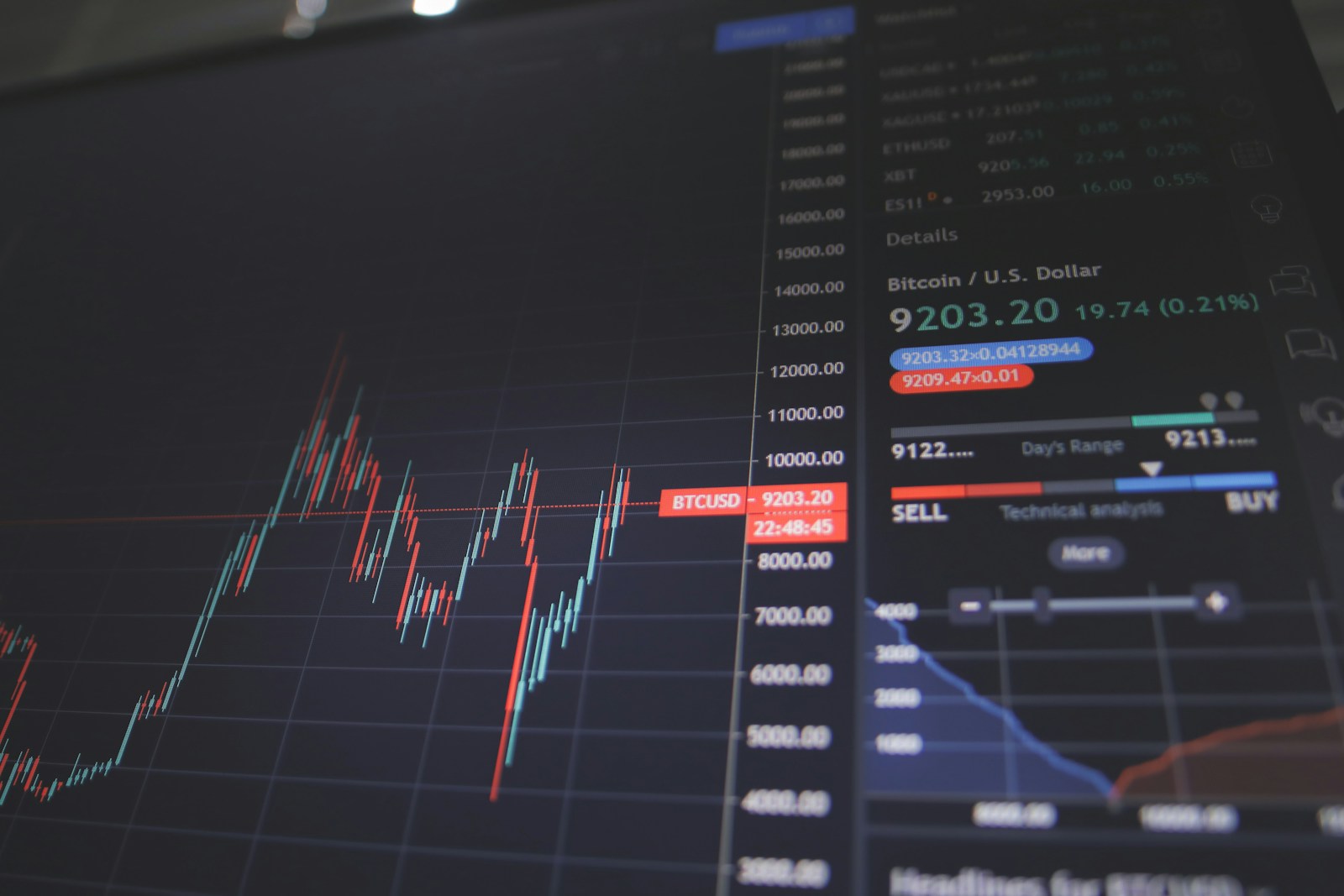Trading in the financial markets promises the allure of quick profits, independence, and the thrill of the game. But for every success story, there’s a cautionary tale of accounts reduced to zero in a single night. The markets don’t care about your dreams—they’re ruthless if you’re reckless. While mistakes are part of learning, some errors are so costly they can wipe out your account overnight. This guide uncovers five trading blunders that could spell disaster and shows you how to steer clear of them.
Mistake 1: Overleveraging Your Trades
Leverage is a double-edged sword. It lets you control a large position with a small amount of capital, magnifying your potential gains. But it also amplifies your losses. Imagine using 50:1 leverage on a $1,000 account—you’re controlling $50,000. A 2% move against you wipes out your entire balance. It happens faster than you think, especially in volatile markets like forex or crypto.
Beginners often overestimate their risk tolerance and crank up leverage to chase big wins. One bad trade, and it’s game over. To avoid this, stick to low leverage (like 5:1 or 10:1) until you’ve mastered risk management. Better yet, trade with only what you can afford to lose—no borrowed rocket fuel required.
Mistake 2: Ignoring Stop-Loss Orders
A stop-loss order is your safety net—it automatically sells your position if the price hits a level you set, limiting your losses. Skip it, and you’re betting on hope. Markets can gap down overnight due to news, earnings reports, or geopolitical shocks. Without a stop-loss, a stock you bought at $50 could open at $20—or worse—leaving you with a gaping hole in your account.
Some traders avoid stop-losses, fearing they’ll get “stopped out” too early. But that’s a small price to pay compared to a total wipeout. Set your stop-loss based on technical levels (like support zones) or a percentage you’re willing to risk—say, 1-2% of your account per trade. It’s not sexy, but it’s survival.
Mistake 3: Trading Without a Plan
Entering a trade without a clear strategy is like sailing without a map—you’re lost before you begin. A trading plan defines your entry point, exit point, risk tolerance, and position size. Without it, you’re prone to emotional decisions: holding losers too long, selling winners too soon, or doubling down to “fix” a bad trade.
Picture this: You buy a stock on a hunch, it drops 10%, and panic sets in. You sell at a loss—or worse, buy more to average down, only to watch it crash further. Overnight, a gap-down move finishes the job. A solid plan prevents this chaos. Write it down, test it on paper trades, and stick to it religiously. Discipline beats guesswork every time.
Mistake 4: Chasing the Market (FOMO Trading)
Fear of missing out (FOMO) is a trader’s kryptonite. You see a stock soaring—up 50% in a day—hyped on social media or touted by a guru. You jump in late, at the peak, just as the smart money cashes out. Overnight, the bubble bursts, and your account takes the hit.
FOMO trading often strikes in speculative markets like penny stocks or crypto. The 2021 GameStop frenzy showed how fast gains can turn to losses when euphoria fades. To dodge this trap, wait for confirmation—let the price settle, check the trend, and trade with logic, not adrenaline. If you miss the rocket, there’s always another launch.
Mistake 5: Overtrading in a Single Session
Overtrading is the silent killer of accounts. It’s when you take too many trades in a short time, racking up fees, spreading your focus thin, and exposing yourself to unnecessary risk. Maybe you’re revenge trading after a loss, or you’re hooked on the action. Either way, a string of bad calls—or one massive misstep—can drain your funds before the sun rises.
Picture a day trader making 20 trades, each with sloppy analysis, as commissions pile up. A sudden market swing catches them off-guard, and their overexposed positions collapse. The fix? Limit yourself to 1-3 high-quality trades per day. Quality over quantity keeps your account intact.
Why These Mistakes Are So Dangerous
These errors don’t just nibble at your profits—they can erase everything in hours. Markets move fast, and overnight risks—like earnings surprises, economic data drops, or global events—amplify the damage. A single unchecked mistake can snowball, especially if you’re leveraged or lack a safety net. The good news? They’re all avoidable with awareness and discipline.
How to Protect Your Account
Survival is the first step to success. Here’s how to shield yourself from an overnight wipeout:
- Risk Only What You Can Lose: Never trade with rent money or your emergency fund. Use disposable capital.
- Size Your Positions: Risk no more than 1-2% of your account on any single trade. Small losses won’t sink you.
- Use Stop-Losses Religiously: Set them, check them, and adjust as needed. They’re your insurance policy.
- Stick to Your Plan: No plan, no trade. Emotions don’t get a vote.
- Stay Patient: Skip the hype. Wait for setups that match your strategy.
Implement these habits, and you’ll sleep better knowing your account isn’t one bad night away from zero.
Learn from Others’ Wipeouts
Real-world disasters drive the lesson home. In 2015, a Swiss Franc surge wiped out forex traders using high leverage—some lost millions overnight. In 2020, oil futures briefly went negative, crushing unprepared speculators. These weren’t flukes; they were failures of risk management. Study these cases, and let them scare you straight.
The Mindset Shift You Need
Trading isn’t about hitting home runs—it’s about staying in the game. Treat every trade as a calculated risk, not a lottery ticket. Losses are tuition, not failure, but you can’t afford to pay the ultimate price of a wiped-out account. Focus on consistency, not heroics, and build your skills over time.
Your Next Move
You don’t have to be a victim of these mistakes. Start by auditing your current approach: Are you overleveraged? Skipping stop-losses? Chasing hype? Fix one flaw today—maybe set a firm risk limit or draft a basic trading plan. Then, practice on a demo account to test your resolve without real money on the line.
The markets are unforgiving, but they reward the prepared. Avoid these five traps, and you’ll not only survive your first trades—you’ll thrive. Protect your account, and the profits will follow.
Disclaimer: Trading carries significant risks. Past events don’t predict future outcomes. Consult a professional before trading.




